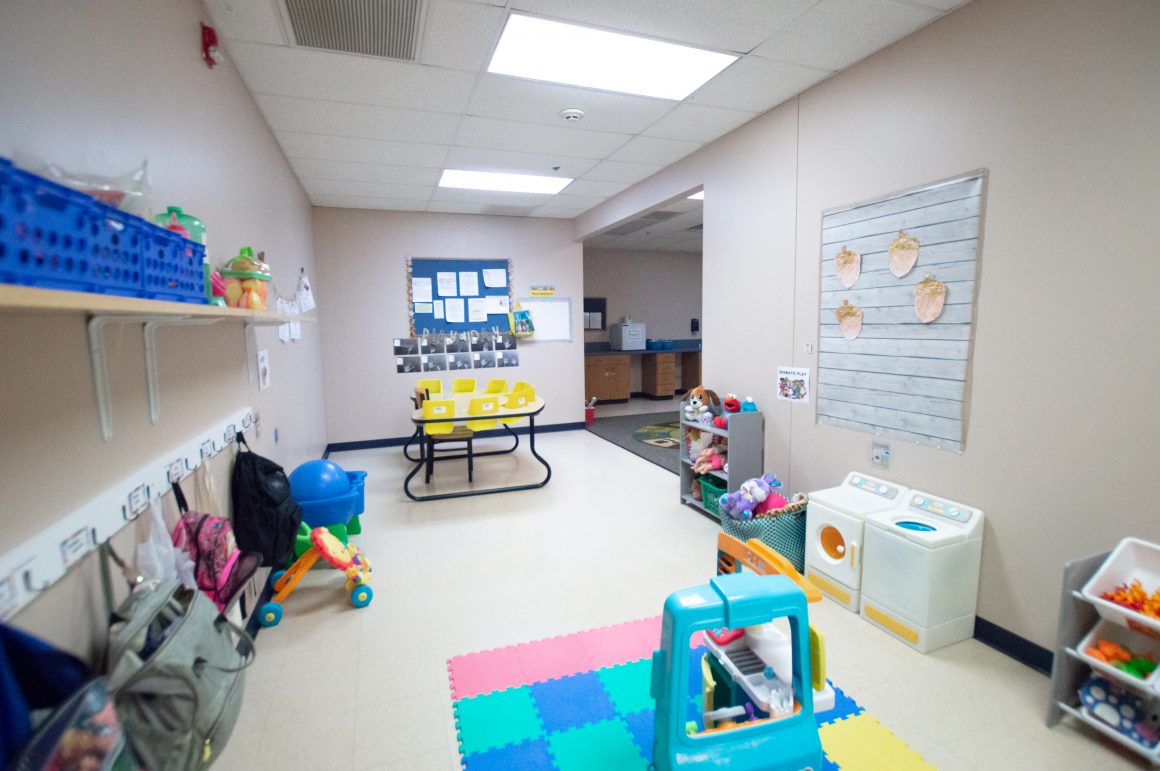Curiosity and imagination are where learning begins in our Toddler classroom turning play into meaningful learning experiences.
Curiosity: Curiosity is a natural drive in children, especially toddlers. It’s the desire to know, explore, and understand the world around them. In your Toddler classroom, you recognize and embrace this innate curiosity. This means that you design activities and create an environment that piques toddlers’ interest, encouraging them to ask questions, make observations, and seek answers. By nurturing curiosity, you lay the foundation for a lifelong love of learning.
Imagination: Imagination is another critical aspect of early childhood development. It’s the ability to create mental images, scenarios, and stories. In your classroom, you harness and encourage toddlers’ imaginations by providing opportunities for creative play and exploration. This could involve imaginative play areas, storytelling, art activities, and pretend play. Imagination helps toddlers develop problem-solving skills, creativity, and the ability to think outside the box.
Learning: Learning, in the context of your Toddler classroom, isn’t confined to traditional teaching methods. Instead, it’s embedded in play and exploration. When toddlers are curious and using their imaginations, they are actively learning. This can include learning about colors, shapes, numbers, social interactions, language development, and much more. Learning through play is effective because it’s engaging and enjoyable for children.
Meaningful Learning Experiences: This part of the statement underscores that the learning experiences in your Toddler classroom are not arbitrary or superficial. They are designed to have purpose and significance. You aim to make learning meaningful by connecting it to the real world and to the toddlers’ interests. When learning is meaningful, children are more likely to remember and apply what they’ve learned.


